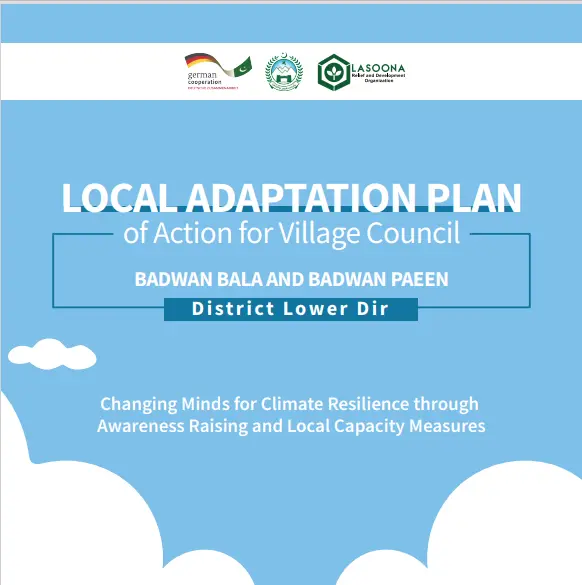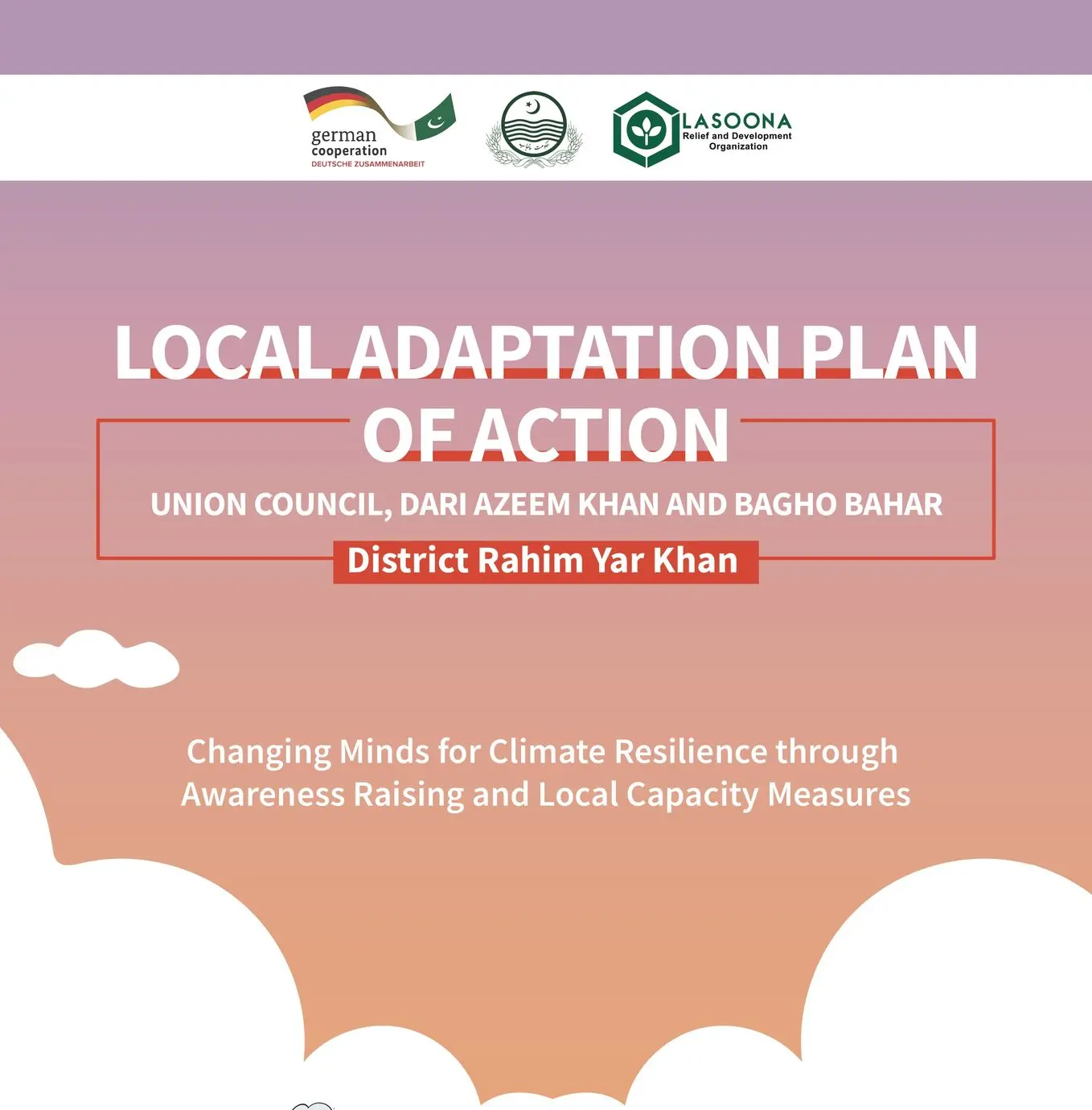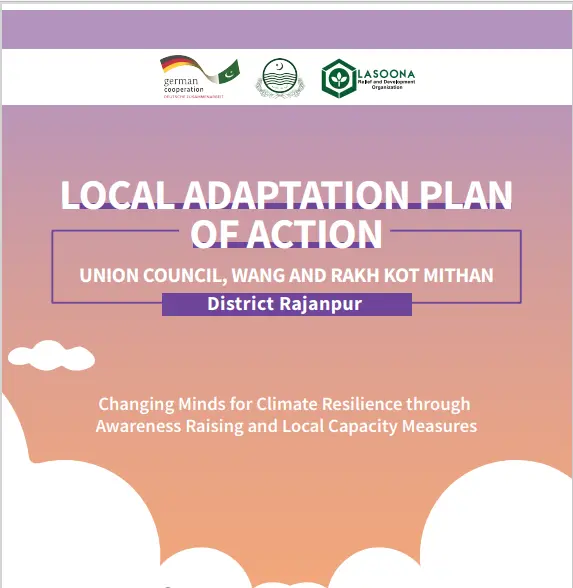Climate governance is crucial for addressing the far-reaching impacts of climate change. As a cross-cutting issue, climate change requires an integrated approach where all relevant actors cooperate and complement each other’s strengths to cope with its negative impacts. The Government of Pakistan is improving its “Public Investment Management” (PIM) to support economic growth, planning and budgeting processes, data governance, service delivery and to make public infrastructure more sustainable and resilient to climate change. The 5Es (Export, E-Pakistan, Environment, Energy & Infrastructure and Equity & Empowerment) and the 13th five-year Plan (2024-2029) will serve as a unifying blueprint across all ministries and provinces, reflecting Pakistan’s national aspirations, aiming to empower all citizens, promoting equal opportunities, and driving economic growth. Under the environment protection and climate action the aim is to safeguard the economy and peoples’ health and working lives from the negative impact of climate change and damage to the environment.
Therefore, given the country's vulnerability to climate change, focusing on climate governance is essential so that climate objectives can be aligned with other policy goals, such as economic development, sectoral policies, social equity, and environmental protection in order to avoid conflicting objectives and formulate coherent, climate-resilient policies across sectors. The key components of effective climate governance focus on:
- Policy coherence, collaboration and alignment through harmonization of different global and national level strategies and priorities, improvement of inter-institutional coordination and encouraging information sharing, joint planning, and coordinated actions leading to more comprehensive solutions at all levels of the government.
- Strengthening regulatory mechanisms to integrate climate risk assessments into development by building capacity of government agencies, local authorities, and stakeholders to understand and interpret climate risk assessments and ensuring data, methodologies, and assumptions used in climate risk assessments are transparent and accessible.
- Institutional strengthening of institutions responsible for the formulation and implementation of climate policies and its actions
FAQ
Climate governance is a continuous process of discussions and negotiations involving a diverse group of national and local governments, international organizations, the private sector, NGOs and other social actors. Its purpose is to promote opportunities and prompt action to address climate change. Given the global, national and local reach impact of climate change, climate governance is crucial to address its multilevel causes and impacts, and the participation of all social actors is necessary to provide an effective response.
The comprehensive nature of climate governance means that it strengthens and promotes innovation, problem-solving capacity, knowledge sharing, and the development of solutions that benefit additional sectors. In addition, it can make decision-making and public policy processes more efficient and create mechanisms that can be adapted to specific contexts and a wide range of topics. Therefore, when trying to understand climate-related decision-making processes, we need to bear in mind their multilevel nature.
The climate governance:
- Ensures coherence between local, national and international plans and policies.
- Promotes collaboration, innovation and learning among actors and authorities at various levels. Integrates the knowledge, ideas and perspectives of the different levels and sections of society.
- Establishes objectives, mechanisms, policies and solutions jointly, ensuring that they maintain a certain level of harmony.
- Establishes tools or structures for information exchange, decision- making, follow-up, monitoring and reporting
- Enables better collaboration between actors at different levels through the agreement of clear roles, relationships and responsibilities
Governance functions for tackling climate change:
- Narrative and high-level direction-setting
- Knowledge and expert advice
- Strategy articulation
- Integration
- Mainstreaming
- Coordination
- Stakeholder Engagement and Allignment
- Finance Mobilization and Channeling
- Oversight,
Accountability and Enforcement
Challenges include but not limited to lack of institutional capacity to address climate actions, limited access to financial resources pose a significant barrier for adaptation pathways, lack of identification of data streams, data collection and data repository hinder effective decision-making and planning for adaptation actions, lack of adaptation planning without climate risk assessment and citizen participation and lack of gender mainstreaming in climate actions.
Climate governance benefits local communities by enhancing resilience to climate change, providing access to funding for sustainable projects, and improving health through cleaner air, water, and food. It empowers communities by involving them in decision-making, fosters sustainable livelihoods, and promotes environmental protection, particularly through the conservation of vital ecosystems. These combined efforts strengthen local economies, reduce vulnerabilities, and contribute to long-term well-being.
Recent Publications
Resources
Training
Tell what's the value for the
customer for this feature.
Knowledge Products
Write what the customer would like to know,
not what you want to show.
Tools
A small explanation of this great
feature, in clear words.
Community Practices
A small explanation of this great
feature, in clear words.




